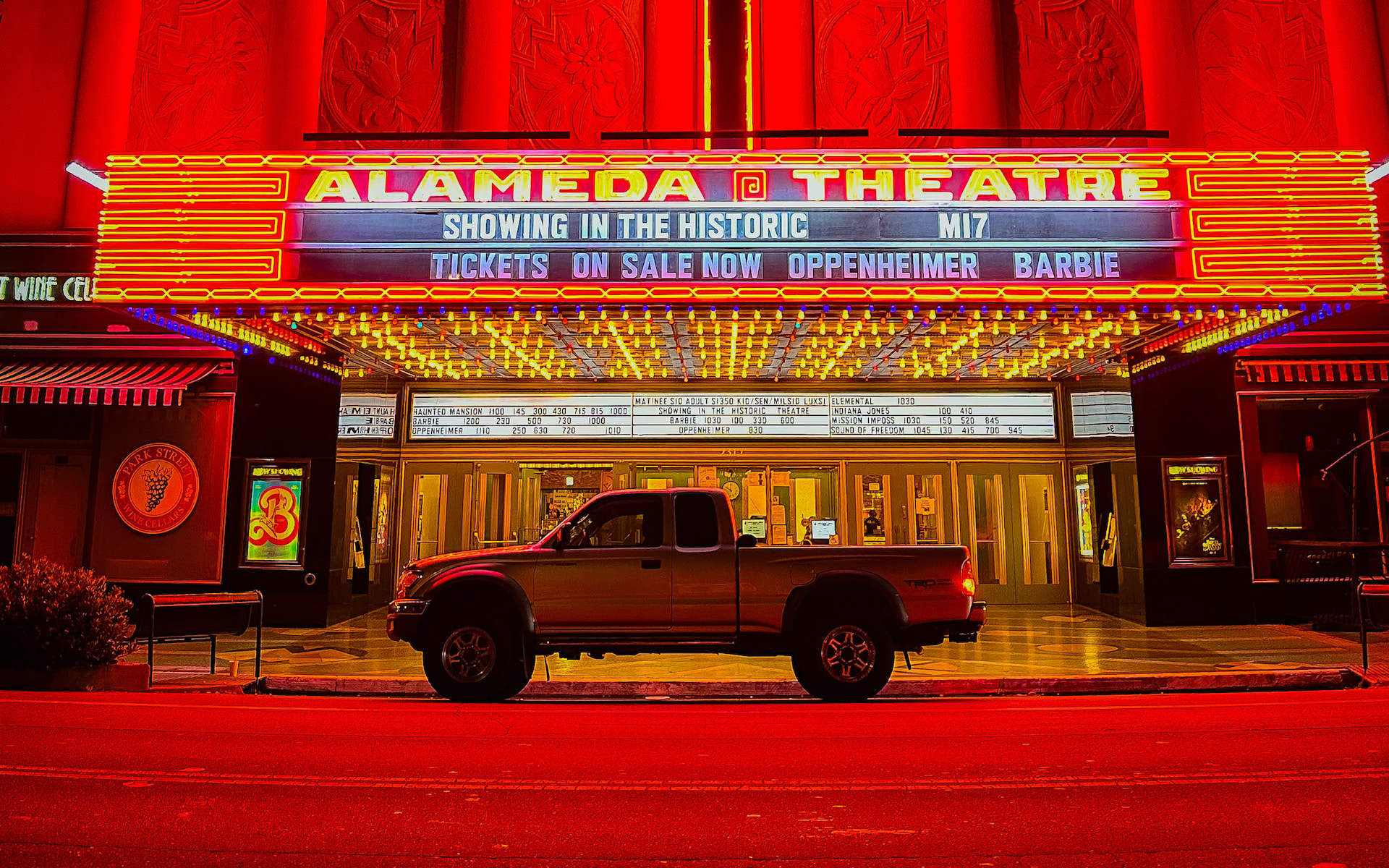
Barbenheimer: Brand collabs and bias in action
 Leigh Caldwell
Leigh Caldwell
In behavioural science we talk a lot about “biases”. For those new to the discipline they’re a good short cut in understanding how our minds work. Explain confirmation bias and people generally recognise and intuitively understand why it has an impact on decision making. In our work we often look to negate or manage biases for consumer outcomes, as demonstrated by our recent work on the Financial Conduct Authority’s new Consumer Duty rules. But biases aren’t all bad for business, and the recent runaway success of Barbenheimer demonstrates how biases can positively influence marketing.
Both films were nailed on to be a success. One, the first post-pandemic blockbuster from one of the leading filmmakers of the 21st century. The second, a film based on an iconic childhood toy, from one of the most exciting new writer-directors of the past 10 years. Both films had huge marketing budgets of upwards of $100 million. But take a step out in central London on opening weekend, with streets filled with groups of people in pink, it’s easy to view these films as not just cinema blockbusters, but as a cultural movement.
Counterprogramming is a common strategy for movie studios. By releasing tonally contrasting movies at the same time you can theoretically play demographics off each other and attract larger audiences. What I’m sure the marketers for both movies didn’t count on was the huge upswell of viral social media promotion both movies received with the “Barbenheimer” meme, which, while not entirely responsibility for their success, would certainly have had an impact on box office and can provide some behavioural lessons in marketing and collaborations.
Collaborations often happen with brands that align on certain values or demographics – Ikea x Lego, Palace x Ralph Lauren, Uber and Spotify – while there is often an element of contrast to many brand collabs, few have the extreme differences in tonality as Barbie and Oppenheimer. The success of the meme and in turn the success of the movie may well have been impacted by the Contrast Effect. By juxtaposing the movies next to each other they enhance or diminish, relative to normal, a consumer’s perception of the film. Rather than let the individual marketing campaigns wash over the consumer, they are placed in the cognitive position of making a choice. And once having made that choice their perception of their favoured, or least favoured film, is exaggerated by the process. Thus creating more demand and excitement to a film that may have passed them by otherwise or elicited a milder emotional trigger.
The second bias we can see at work, is the Endowment Effect – when you own an object you place a higher value on it compared to a product of equal utility and quality. Because the Barbenheimer craze was primarily driven by a fan base who were generating the unofficial creative to go with it, there was a sense of ownership around the event. This sense of ownership wasn’t limited to just those that created a graphic or poster, but also to those that shared the meme online.
The success of Barbenheimer will clearly have repercussions in the marketing and promotion of media. We’ve already seen an attempt at “Saw Patrol” (Saw X and the Paw Patrol movie release on the same day this September) fail online. There is also plenty of evidence of marketers putting too much stock in online chatter. Marvel flop, Mobius, got a second cinema release because of ironic twitter memes, only to flop even harder the second time. While there are clearly key lessons for media marketers to learn from this year’s cultural touchstone, there is a risk for marketers when they don’t understand why it is happening. It’s one thing to monitor social media and look to try and replicate viral memes for marketing, but without knowing the articulated and unarticulated biases, heuristics and emotions behind it, it’s likely to fail. On the other hand, if you know your biases and heuristics and can activate them with the right marketing tactics, you too can create a blockbuster.
If you’re interested in finding out more how you can you effectively use biases and heuristics in media marketing get in touch at hello@irrationalagency.com
